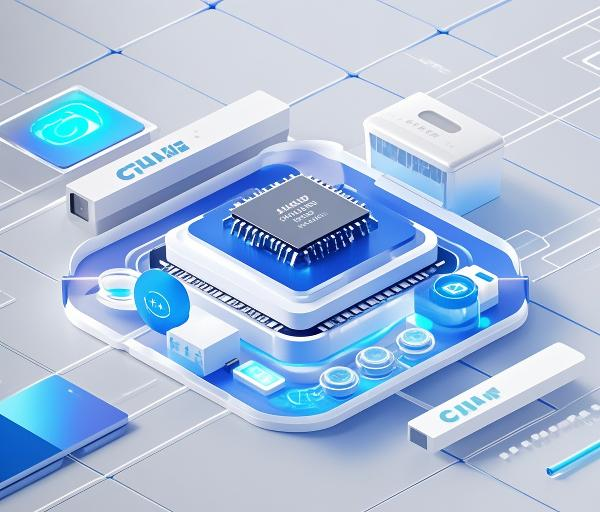
1、 AI specific chips break through energy efficiency bottlenecks
The latest third-generation neural network processor (NPU) adopts 3D heterogeneous integration technology, which shortens the distance between storage units and computing units to the micrometer level, achieving an energy efficiency ratio of 15TOPS/W, which is 300% higher than traditional architectures. This chip supports Dynamic Voltage Frequency Regulation (DVFS) and can reduce power consumption to below 0.8W in image recognition tasks. It has passed AEC-Q100 automotive certification and provides hardware support for in vehicle ADAS systems.
2、 Intelligent upgrade of MEMS sensors
The new generation of multimodal sensors integrates AI preprocessing functions to complete data cleaning and feature extraction at the device level. Taking industrial grade vibration sensors as an example, their built-in TinyML algorithm can complete equipment fault feature recognition within 10ms, reducing the amount of uploaded data by 90% compared to traditional solutions. The pressure sensor using wide bandgap semiconductor material has broken through the working limit of 600 ℃ and been successfully applied to the health monitoring system of aircraft engines.
3、 Edge computing module reconfiguration system architecture
The edge computing unit based on the chiplet technology has achieved a breakthrough. Through the flexible configuration of the reconfigurable logic unit and the dedicated accelerator core, a single module can simultaneously support three types of tasks: visual processing, speech recognition and protocol parsing. Actual test data shows that in the smart factory scenario, this solution reduces the response delay of the PLC control system from 35ms to 8ms, while reducing the overall energy consumption by 28%.
4、 AI Empowerment of Power Management Chips
Intelligent power devices achieve predictive regulation of power supply systems by embedding deep learning algorithms. A certain 800V silicon carbide power module stabilizes the energy conversion efficiency at over 98.7% through real-time analysis of load fluctuation characteristics, making it particularly suitable for photovoltaic inverters and energy storage systems. Its innovative heat transfer model enables the device to maintain performance fluctuations of no more than ± 1.5% within the range of -40 ℃ to 150 ℃.
5、 Industrialization Process and Challenges
According to IDC's prediction, the market size of AI related electronic components will exceed $42 billion by 2024, with a compound annual growth rate of 34.7% for smart sensors. The current industry is facing three major technological challenges: heat dissipation solutions for processes below 7nm, hardware implementation of sensor fusion algorithms, and material reliability verification in wide temperature range scenarios. The latest 12 inch wafer production line put into operation by a leading foundry has achieved a breakthrough in improving the yield of gallium nitride power devices to 92%.
conclusion
The deep integration of electronic components and AI is giving rise to integrated solutions of "perception computing execution". With the continuous progress of materials science, packaging technology, and algorithm hardening, the next generation of components will evolve towards "adaptive environment", "self diagnosis of faults", and "self optimization performance", laying the hardware foundation for intelligent manufacturing and the Internet of Things.
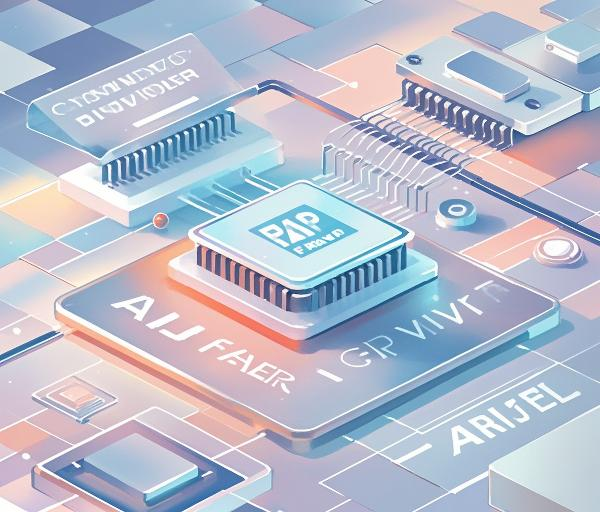
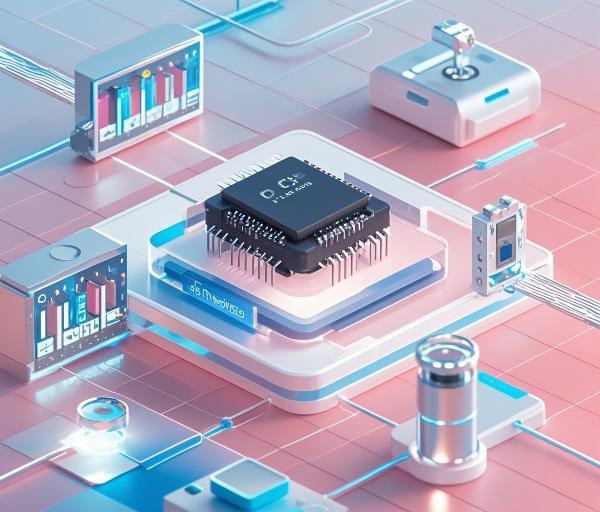
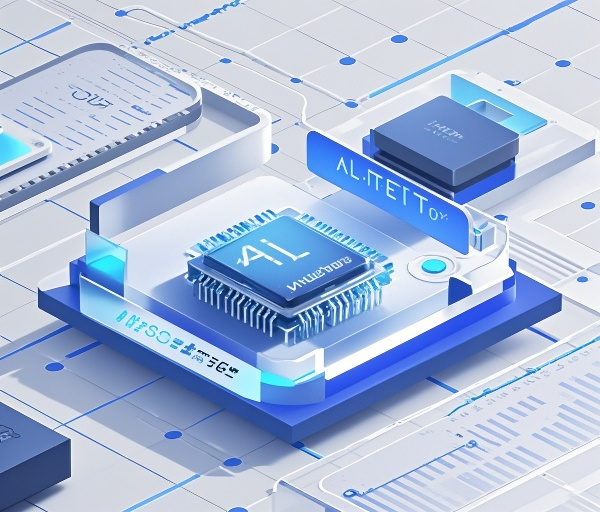
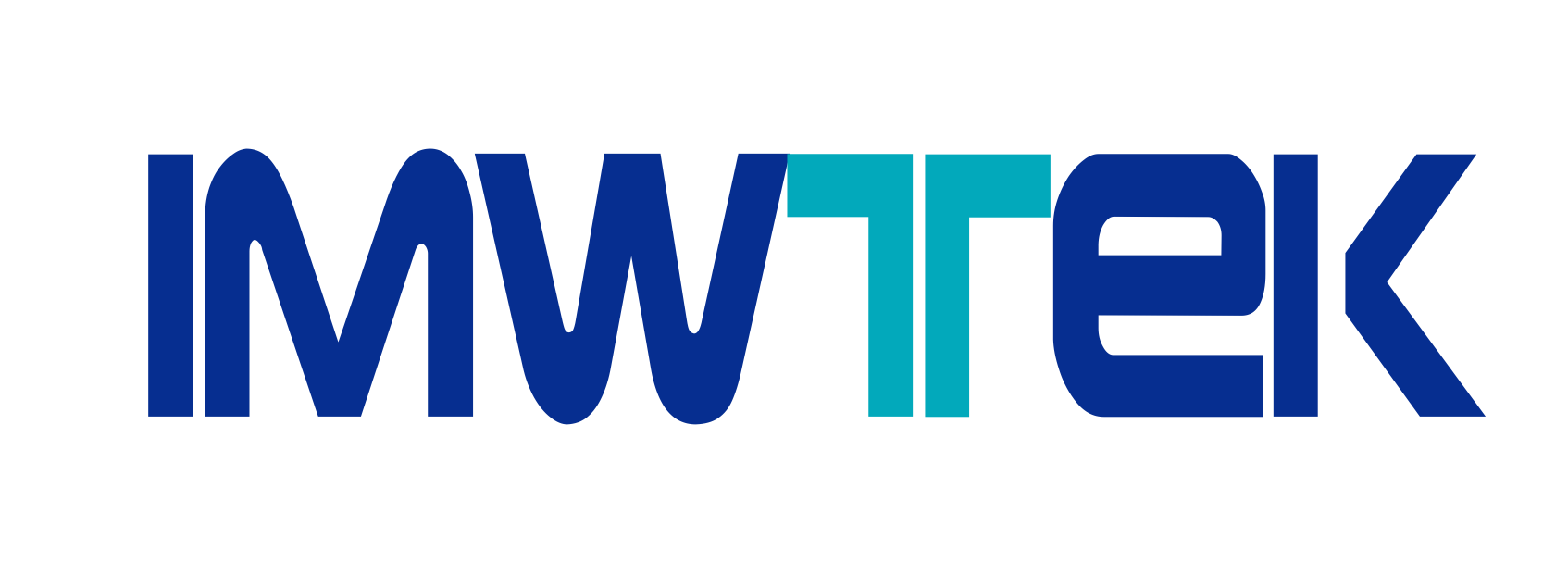

 GD ICP No. 2022030985-2
GD ICP No. 2022030985-2